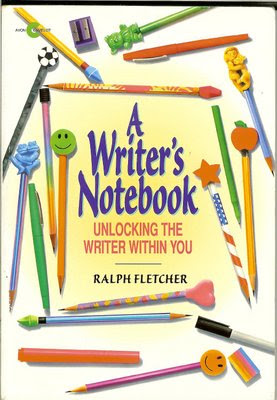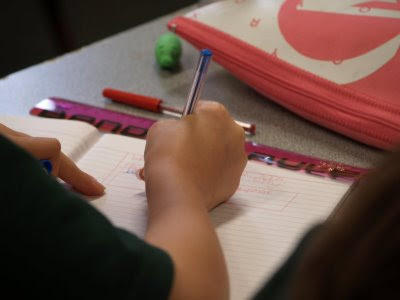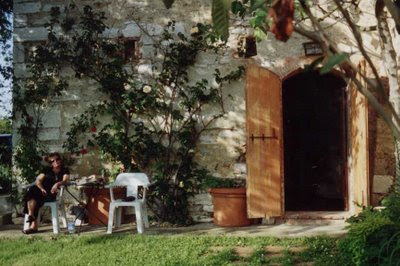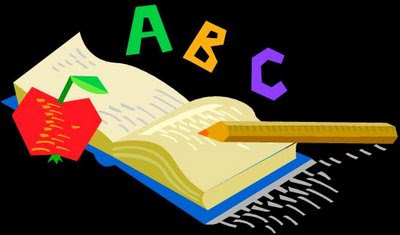Memoir Piece - Left Handed Horror Story
Amazingly I learnt to write using my left hand. An achievement against the prevailing beliefs of the day. My very first teacher saw it as her mission in life to ‘fix’ the poor, wretched little boy suffering from what she clearly diagnosed as left handed disease. She must have thought to herself, "This child must be re formatted! If he remains left handed he will be forever condemned to writing in a scrawl that no one will be able to read. Ugly hand, ugly hand. " ...They tried to say it couldn't be done, it mustn't be done. They took the pencil out of my left hand and placed it in my right hand. It felt unnatural. It felt weird. It was not right. More to the point it was not left. I was not about to conform. At least they didn't try tying my hand behind my back. Watch me I said. I may be an oddball, left handed scribbler but I am a determined oddball. I mean how boring would the world be if everyone wrote with their right hand? So I dug my toes in –and my hands too
.jpg)












